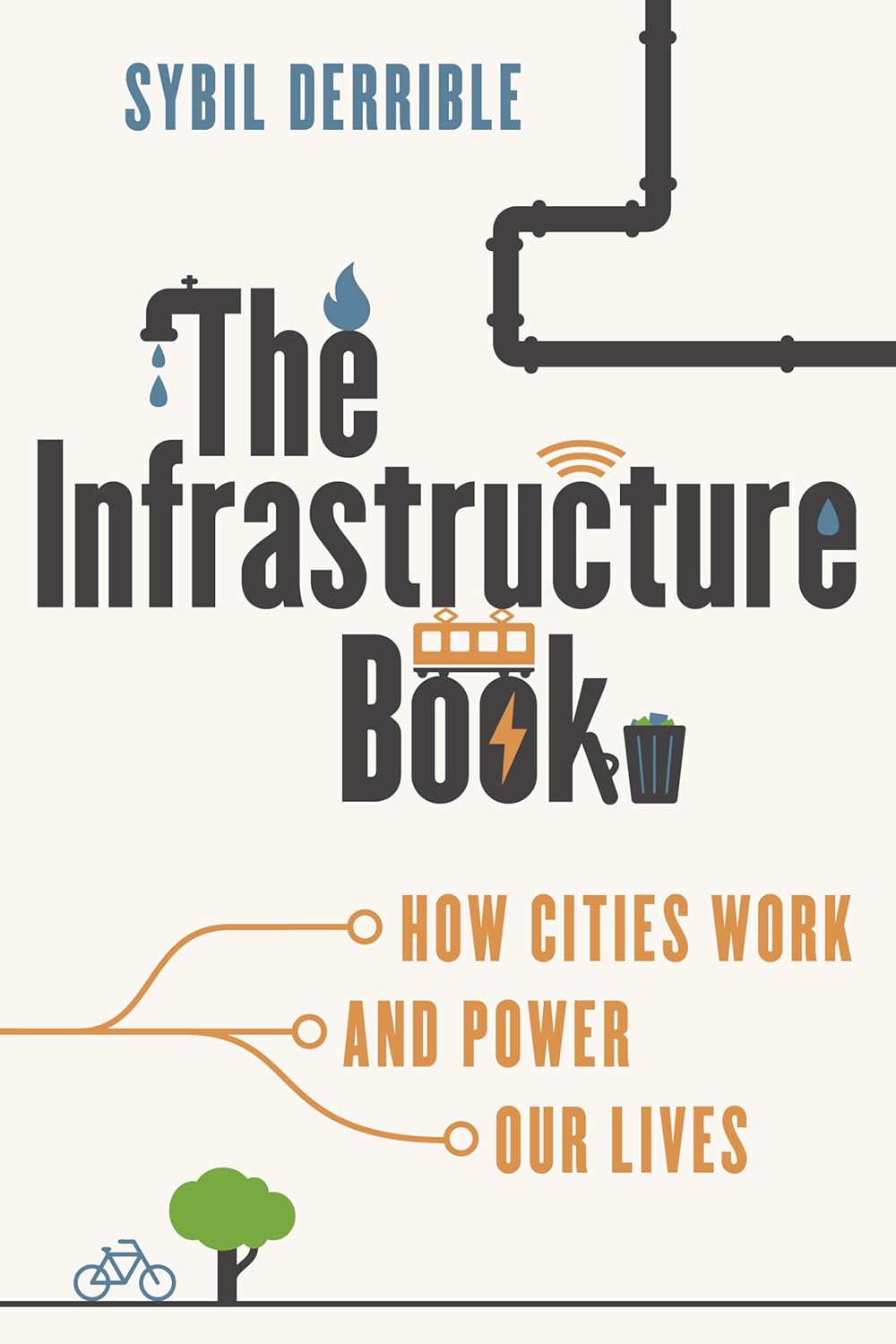CSUN Heading link
Welcome to the website of the Complex and Sustainable Urban Networks (CSUN) laboratory.
CSUN is a research laboratory housed at the University of Illinois Chicago. The mission of CSUN is to advance scientific knowledge and create software for the design of livable, sustainable, and resilient cities. Research at CSUN focuses on urban infrastructure as a system of systems. We believe that studying urban infrastructure as complex, interdependent, and interrelated systems can unlock transformative solutions.
Learn more about CSUN here.
Latest News Heading link
Clean water, paved roads, public transit, electricity and gas, sewers, waste processing, telecommunication, even the Internet – all this infrastructure is what makes cities work and powers our lives, often seamlessly and silently. Virtually everything we do and consume depends on infrastructure. Yet, most people have little to no idea how these systems work. How is water treated? How do cities manage rainwater? Why do traffic jams exist? How is electricity generated and distributed? What happens to trash after it is picked up? How does the Internet work?
In The Infrastructure Book: How Cities Work and Power, CSUN Director Sybil Derrible reveals the behind-the-scenes machinations of the foundational systems that make our societies function. Visiting sixteen cities around the world and their unique approaches to organizational challenges – from water distribution in Hong Kong to waste management in Tokyo, and from Chicago’s power grid to low Earth orbit satellites in space – this highly readable book uses fascinating case studies and historical detours to show how infrastructure works – and, sometimes, doesn’t.
With large-scale infrastructure repairs looming and the need for existing infrastructure to be transformed, the book also shows how infrastructure can be more sustainable and resilient. After reading The Infrastructure Book, readers will never look at a city the same way.
Feel free to contact CSUN Director Sybil Derrible if you have any questions.
Find options to buy the book on the Prometheus Books website.
